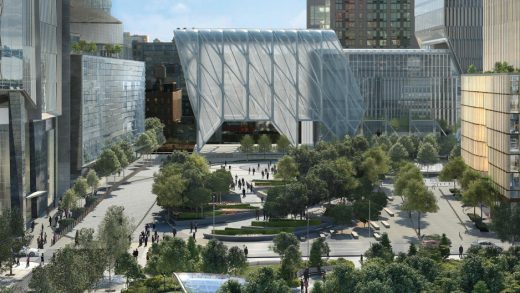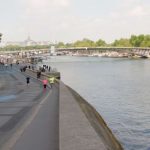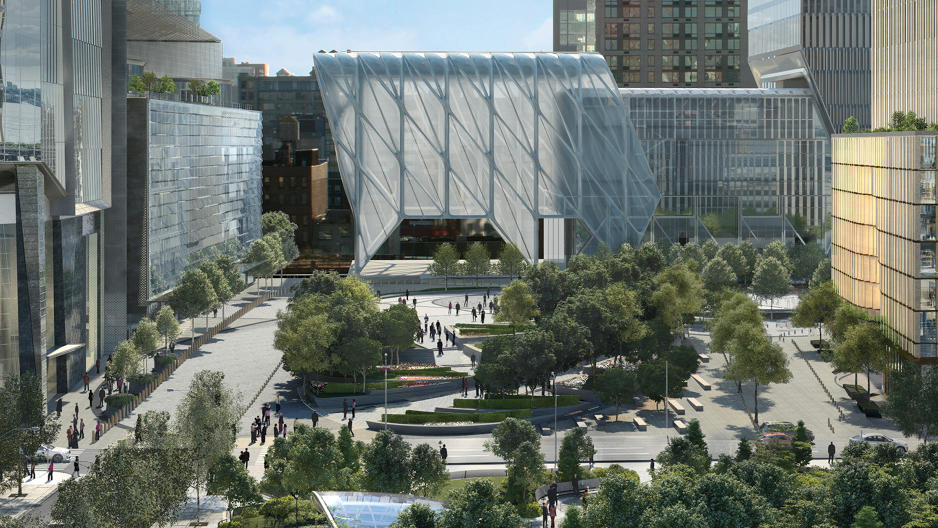4 Parks That Are Making Their Cities More Beautiful–And Sustainable
When the landscape architecture firm Nelson Byrd Woltz designs urban parks, it looks at two things: cultural history and natural ecological systems. By blending the two, the firm creates public spaces that are deeply rooted in a specific place and that help cities become more environmentally sustainable. Here’s how they did it in four cities across the country.
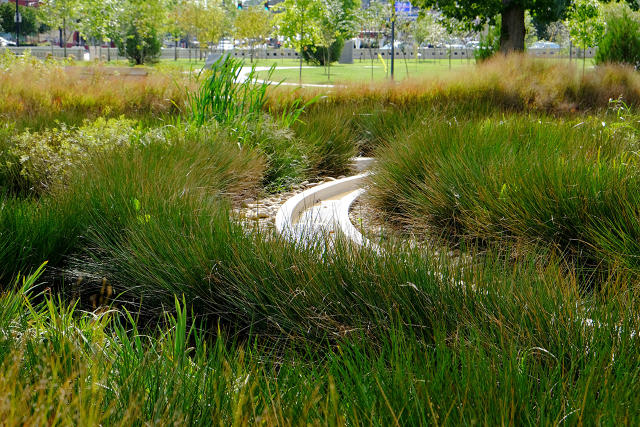
Centennial Park, Nashville
After looking through old records, NBW discovered that city engineers in the 1800s had capped a natural spring under the site to make Nashville’s water supply safer during cholera epidemics. NBW managed to track down the spring head and reopened it to naturally irrigate the park.
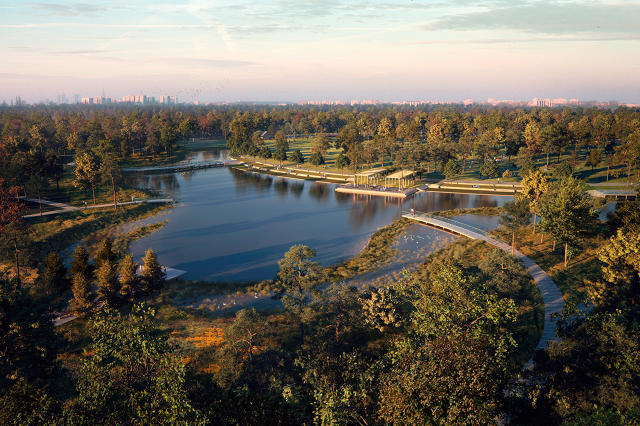
Memorial Park, Houston
Weaning the 1,560-acre park from potable water involved channeling and filtering runoff from a nearby freeway into five constructed ponds that can be used to feed the park. “We keep the highway from flooding, we can stop irrigating [with drinking water], and we’ve made a beautiful curved aquatic edge to a great green,” Woltz says.
Under Armour Campus, Baltimore
NBW and the global engineering firm BuroHappold are developing a system that draws water from a river to cool the campus’s air-conditioning system. A lake planted with native shrubs and perennials blends heavy infrastructure with landscape. “It’s ‘how do we turn utility into an amenity?'” Woltz says.
Hudson Yards, New York
“Landscape architecture has been burdened with a graphic approach—a lot of pattern-making that’s cool but not about the place,” Woltz says. To avoid that cliché, the Hudson Yards plantings are organized in elliptical orbits emanating from an interactive sculpture by British designer Thomas Heatherwick.
A version of this article appeared in the November 2016 issue of Fast Company magazine.
Fast Company , Read Full Story
(23)

